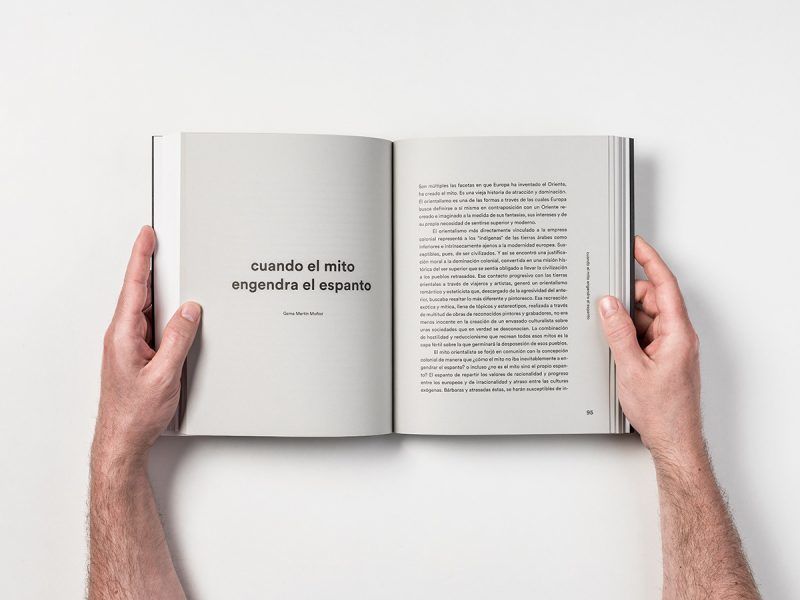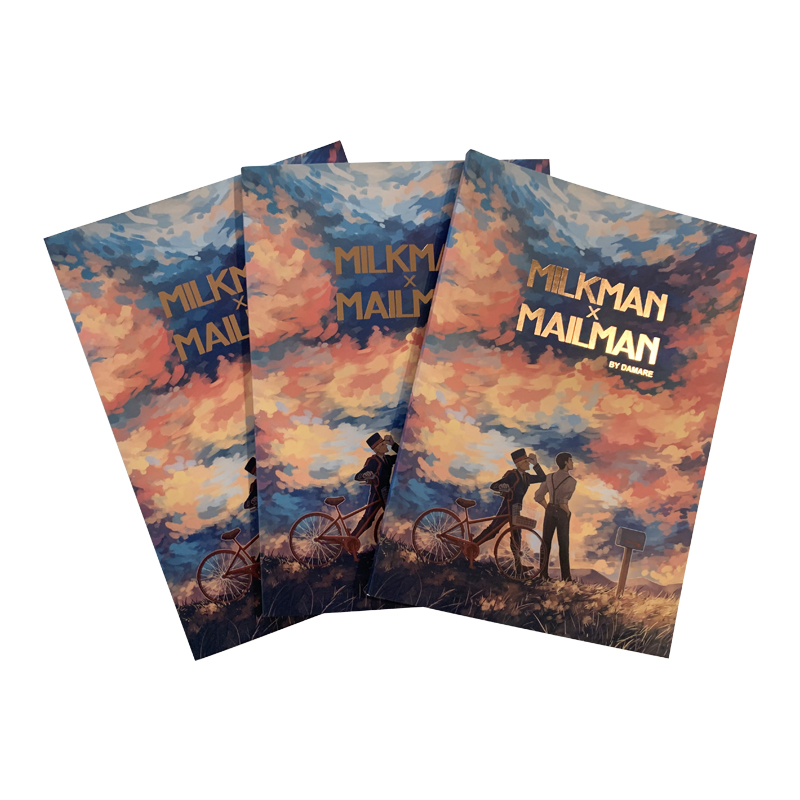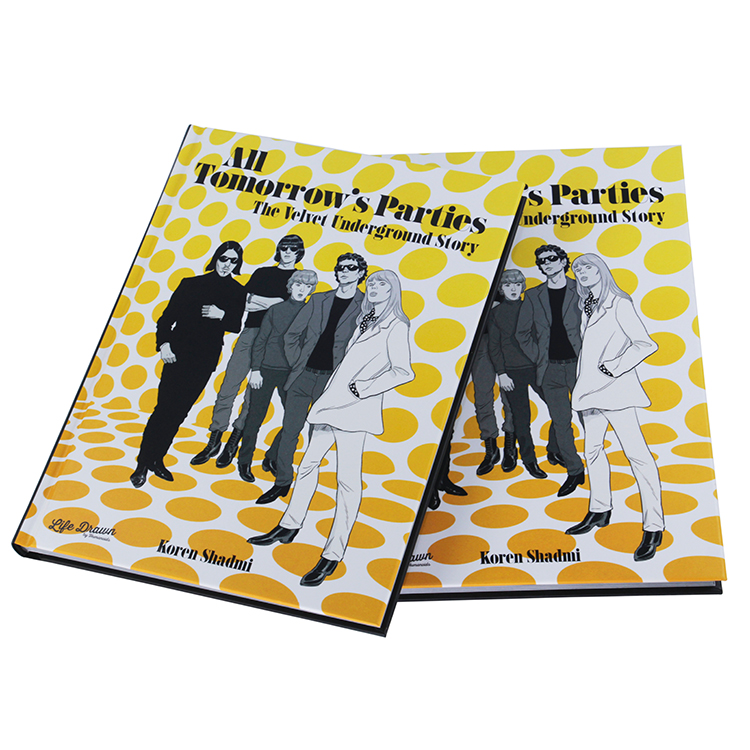How Much Does It Cost to Print a 300-Page Book?
Printing a book is an exhilarating journey for authors, publishers, and businesses alike. However, understanding the costs involved in printing a 300-page book is crucial to ensuring your project stays within budget. The price of printing a black-and-white novel with 300 pages can vary significantly based on several factors, including the printing method, quantity, paper type, binding style, and the printer you choose. This article provides a comprehensive breakdown of these factors and offers estimates to help you navigate the costs of printing your book effectively.
Table of Contents
Factors Influencing Cost
Quantity
The quantity of books you plan to print is one of the most significant factors affecting the overall cost:
Small Runs (1-100 copies): If you’re printing a small number of copies, the costs per book tend to be higher. Printing services often charge between $5 to $10 per book due to the setup costs involved. This range may include services that cater to authors wanting a limited number of copies for personal distribution, readings, or promotional events.
Medium Runs (100-500 copies): As the quantity increases, the cost per book typically decreases. For medium runs, expect prices to range from $3 to $6 per book. This option is ideal for authors who anticipate selling their books through local bookstores or at events.
Large Runs (500+ copies): For larger quantities, costs can drop even further, often ranging from $2 to $4 per book, or potentially lower depending on the scale of production and the printing company’s pricing structure. This is the most economical choice for publishers or authors with a broader distribution strategy, as the per-book cost decreases significantly.
Printing Method
The method of printing you choose can greatly influence costs:
Digital Printing: This method is ideal for small to medium runs. While the cost per unit is generally higher, it offers flexibility and the convenience of print-on-demand. Digital printing is often the go-to choice for authors who want to avoid large upfront investments and need quicker turnaround times.
Offset Printing: This traditional printing method is more cost-effective for larger quantities. However, it requires a higher upfront cost for setup and is best suited for print runs of 500 copies or more. Once the initial setup is complete, the cost per unit decreases significantly, making it a popular choice for larger projects.
Paper Quality
The quality of the paper you select can also impact your printing costs:
Standard Paper: Choosing standard paper is the most economical option, allowing you to keep costs down. This is suitable for typical novels where aesthetics are less of a concern.
Higher-Quality or Specialty Paper: If your book requires higher-quality or specialty paper (like glossy or thicker stock), expect to pay more. This can add a significant amount to your overall budget, particularly if you’re printing color images or illustrations, which often require higher-quality materials.
Binding
The binding style you select will affect your printing costs:
Paperback Binding: This option is generally less expensive than hardcover binding. Typical costs for paperback binding may add about $1 to $2 per book. Paperback books are also lighter and easier to ship, making them a practical choice for many authors.
Hardcover Binding: While hardcover books are more durable and offer a premium feel, they come with higher production costs. If you choose this option, it can increase your per-book costs significantly, but many authors find the investment worthwhile for a professional presentation.
Additional Costs
In addition to the basic printing costs, other expenses can impact the total budget:
Design and Formatting: Hiring a professional for cover design and interior formatting can add to your costs. Depending on the complexity of the design, these services can range from a few hundred to several thousand dollars. Investing in professional design can enhance the overall appeal of your book and increase sales potential.
Shipping and Distribution Fees: Once your books are printed, consider shipping costs to deliver them to your location or to distribution centers. These costs can vary based on the weight of the books and distance. Additionally, working with distribution partners may incur further fees.
Estimated Costs
To give you a clearer idea of what to expect, here are some rough estimates based on different print quantities:
- 1-10 Copies: $10 to $15 per book
- 50 Copies: $5 to $10 per book
- 100 Copies: $3 to $6 per book
- 500 Copies: $2 to $4 per book
- 1,000 Copies: $1.50 to $3 per book
Sample Cost Calculation
- For instance, if you are considering a print run of 100 copies of your 300-page black-and-white novel, you might expect to pay between $300 and $600 total, depending on the factors discussed above. This estimate includes basic printing costs but may not cover design, formatting, or additional expenses such as shipping.
Conclusion
In summary, the cost of printing a 300-page black-and-white book is influenced by multiple factors, including quantity, printing method, paper quality, binding style, and additional costs. By understanding these variables, you can make informed decisions that fit your budget and meet your publishing needs. For authors or publishers considering a print run of 100 copies, budgeting between $300 and $600 is a reasonable estimate. However, for larger quantities, the per-book cost decreases, making it more economical to print in bulk. Careful planning and consideration of these elements will help you achieve the best possible outcome for your printing project, ensuring that your literary work reaches readers in the most effective way possible.
Frequently Asked Questions
Question 1. How can I reduce the cost of printing my book?
A: To minimize printing costs, consider printing in larger quantities, as the per-book cost decreases with higher volume orders. Opt for digital printing if you plan to produce a smaller number of copies. Choosing standard paper over specialty paper and selecting paperback binding instead of hardcover can also help lower costs. Additionally, if you can handle design and formatting in-house, you can save on those expenses as well.
Question 2. What is the difference between digital printing and offset printing?
A: Digital printing is a more modern method that is ideal for small to medium print runs. It allows for quicker turnaround times and print-on-demand services but tends to be more expensive per unit. Offset printing, on the other hand, is a traditional method that is more cost-effective for larger quantities. While it requires more upfront investment for setup, the cost per book decreases significantly for high-volume runs, making it a preferred choice for publishers.
Question 3. Are there any hidden costs I should be aware of when printing a book?
A: Yes, several potential hidden costs can impact your overall budget. These may include fees for design and formatting, shipping costs to receive your printed books, and distribution fees if you plan to sell through bookstores or online platforms. It’s essential to ask your printing service for a detailed quote that includes all potential expenses to avoid surprises later on.
Book Printing
New Products
Last Blog
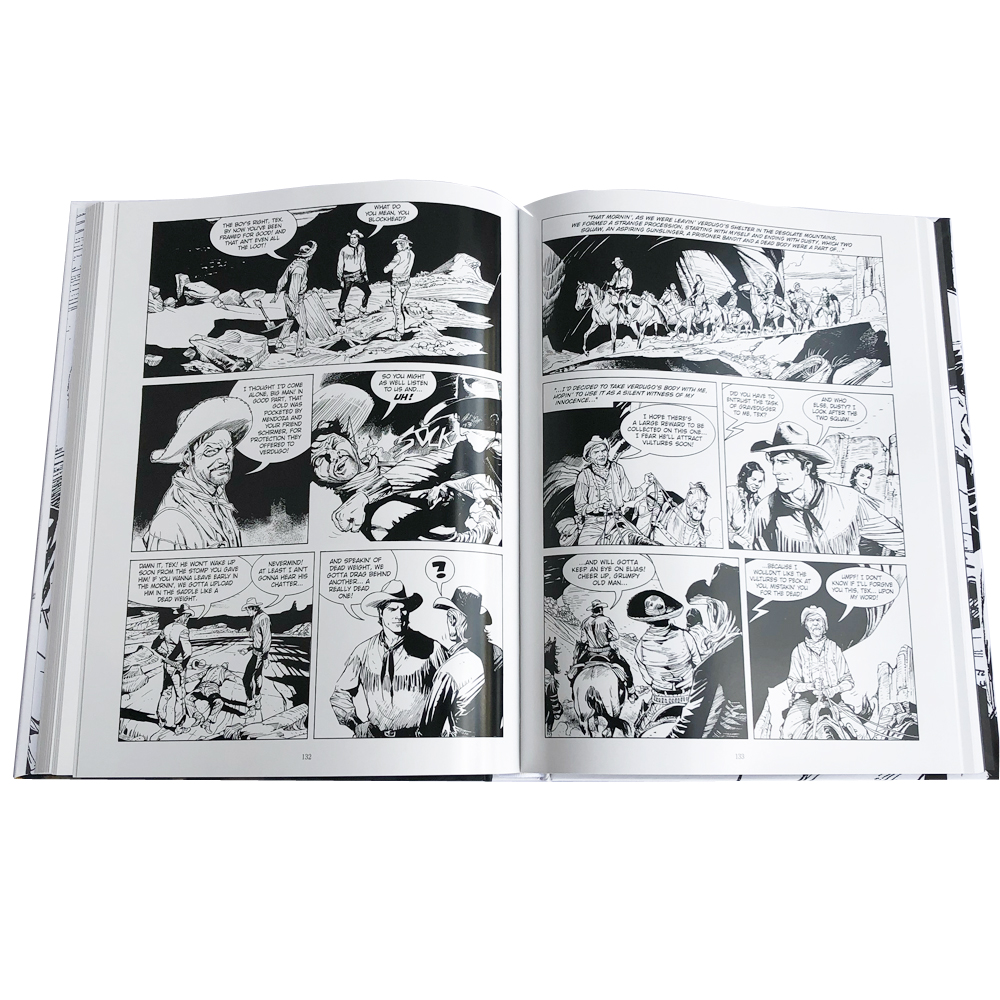
How To Create Your Own Comic Book?
Creating and printing a comic book is an exciting yet intricate journey that combines storytelling, illustration,
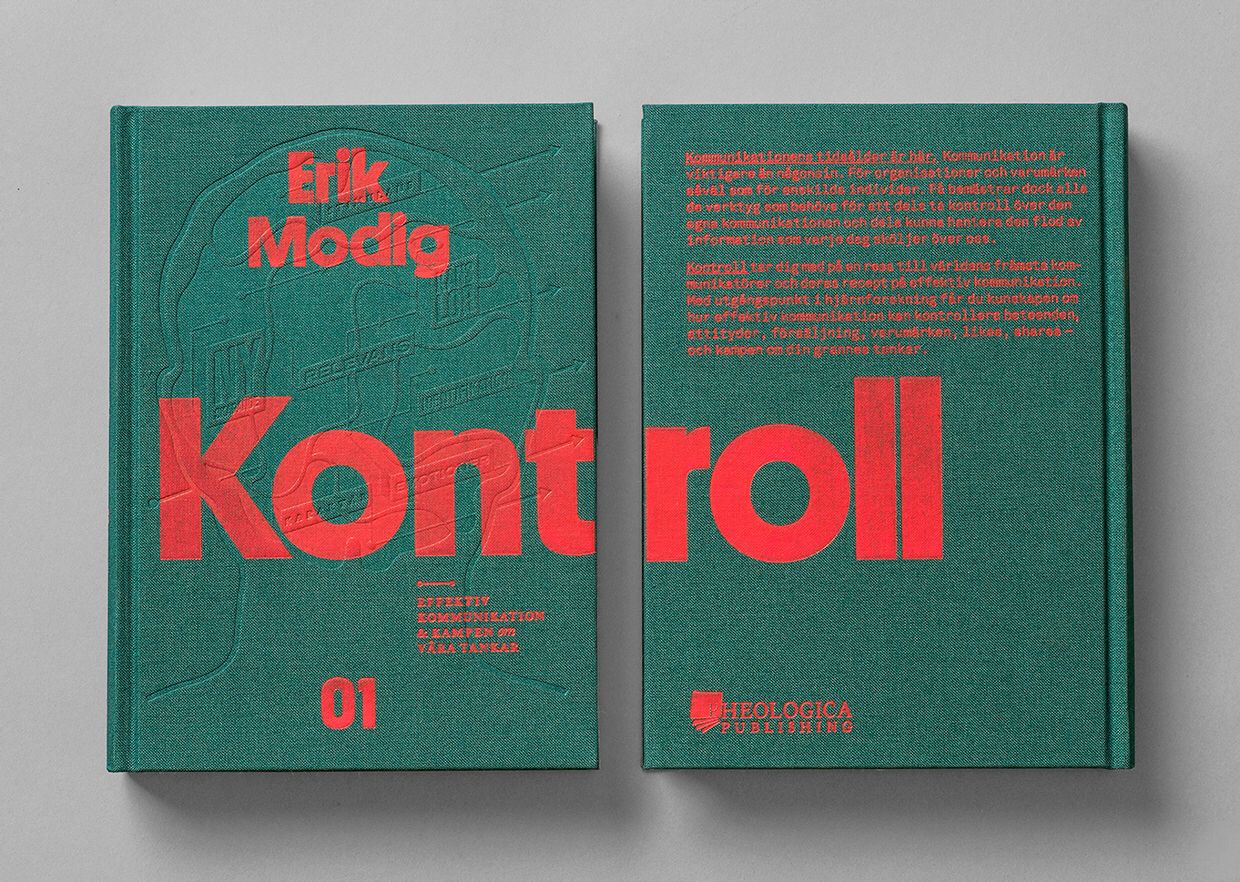
Cheap Ways to Print High-Quality Books in China
If you’re diving into self-publishing, one of your primary concerns will be finding economical options for book printing

What are the benefits of printing a novel in hardcover
At the very beginning of your journey as an author or publisher, you are likely to be overwhelmed by numerous decisions regarding the design, production, and presentation of your work.

how much does it cost to print a book
When embarking on a book printing project, one of the first questions authors and publishers face is: how much does it cost to print a book? The cost of book printing can vary greatly depending on numerous factors such as the type of book, print quantity,
Contact Us
- +86 13946584521
- info@booksprinting.net
- 8:00 - 22:00 (Mon - Sun)
Tags
Comments
Related Blog
Find the newest trends and common knowledge in book printing business.
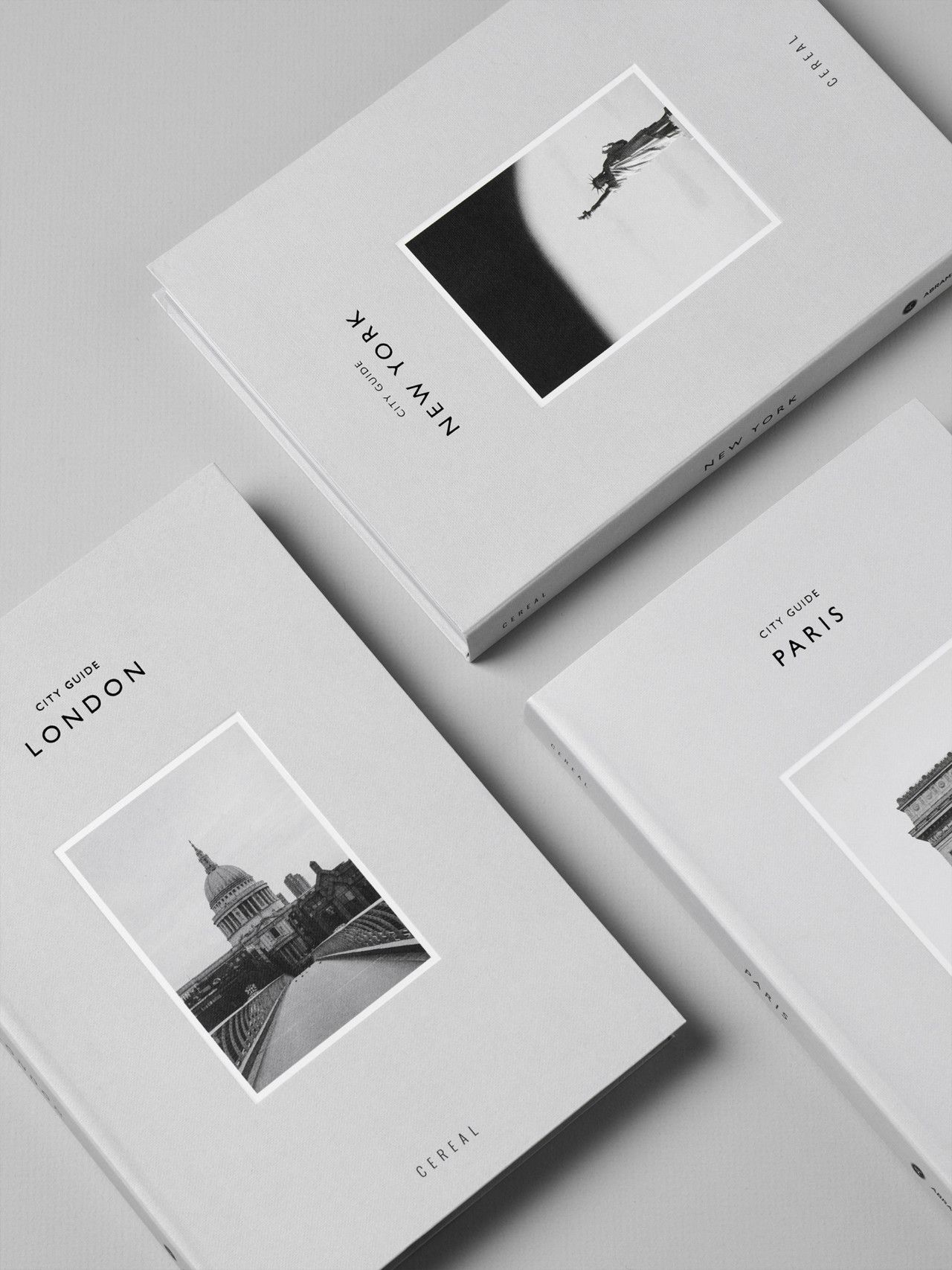
How printing reduced the cost of books?
Whether you’re an aspiring author planning to print your first novel, a business preparing a product catalog, or anyone in need of professional book printing,

How Much Does It Cost to Print a Hardcover Book?
When considering the cost of printing a hardcover book, many authors and publishers are faced with the challenge of balancing quality with affordability.
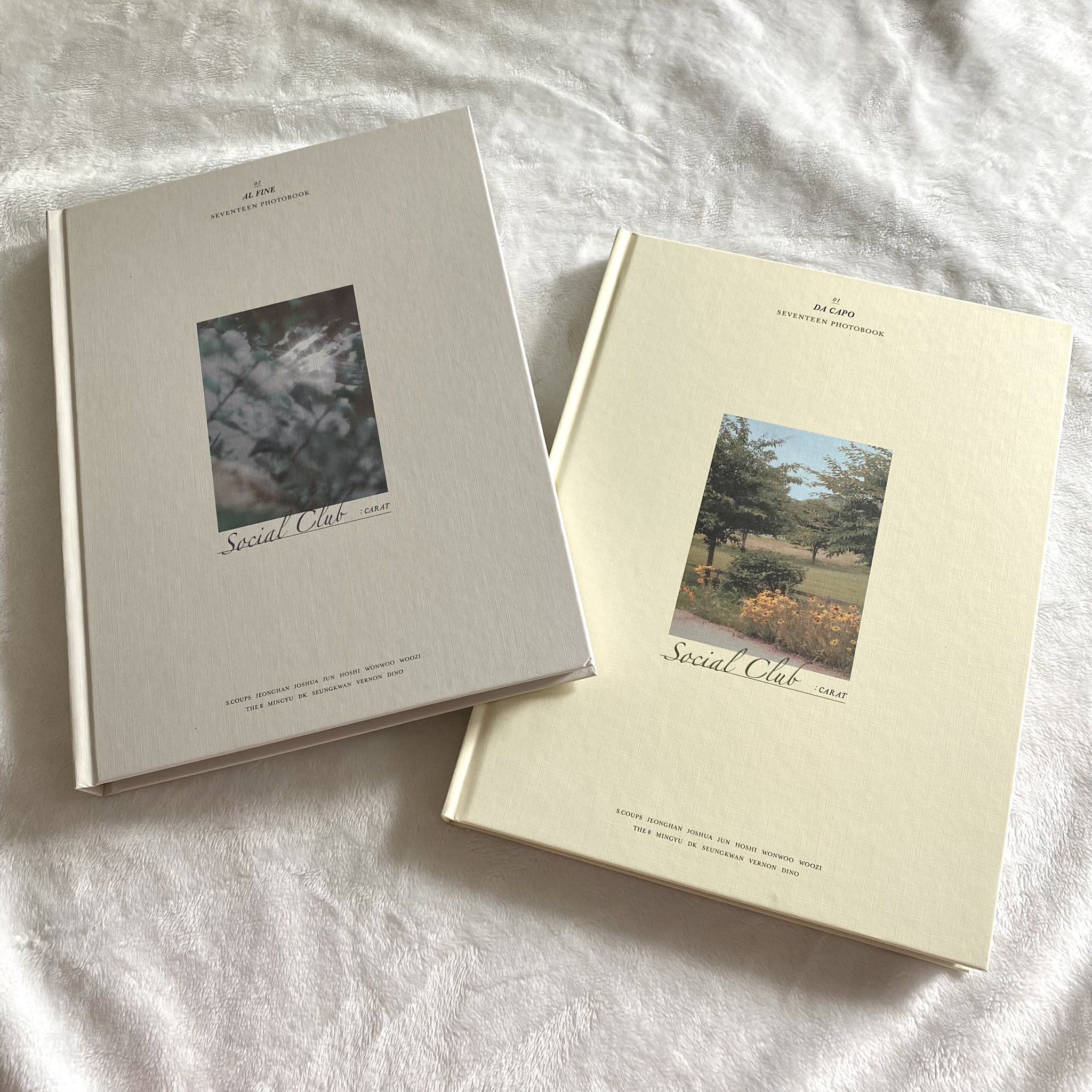
How can the cost of printing books be reduced?
In recent years, the cost of book printing has seen a significant reduction, thanks to advancements in printing technologies and more efficient production methods.
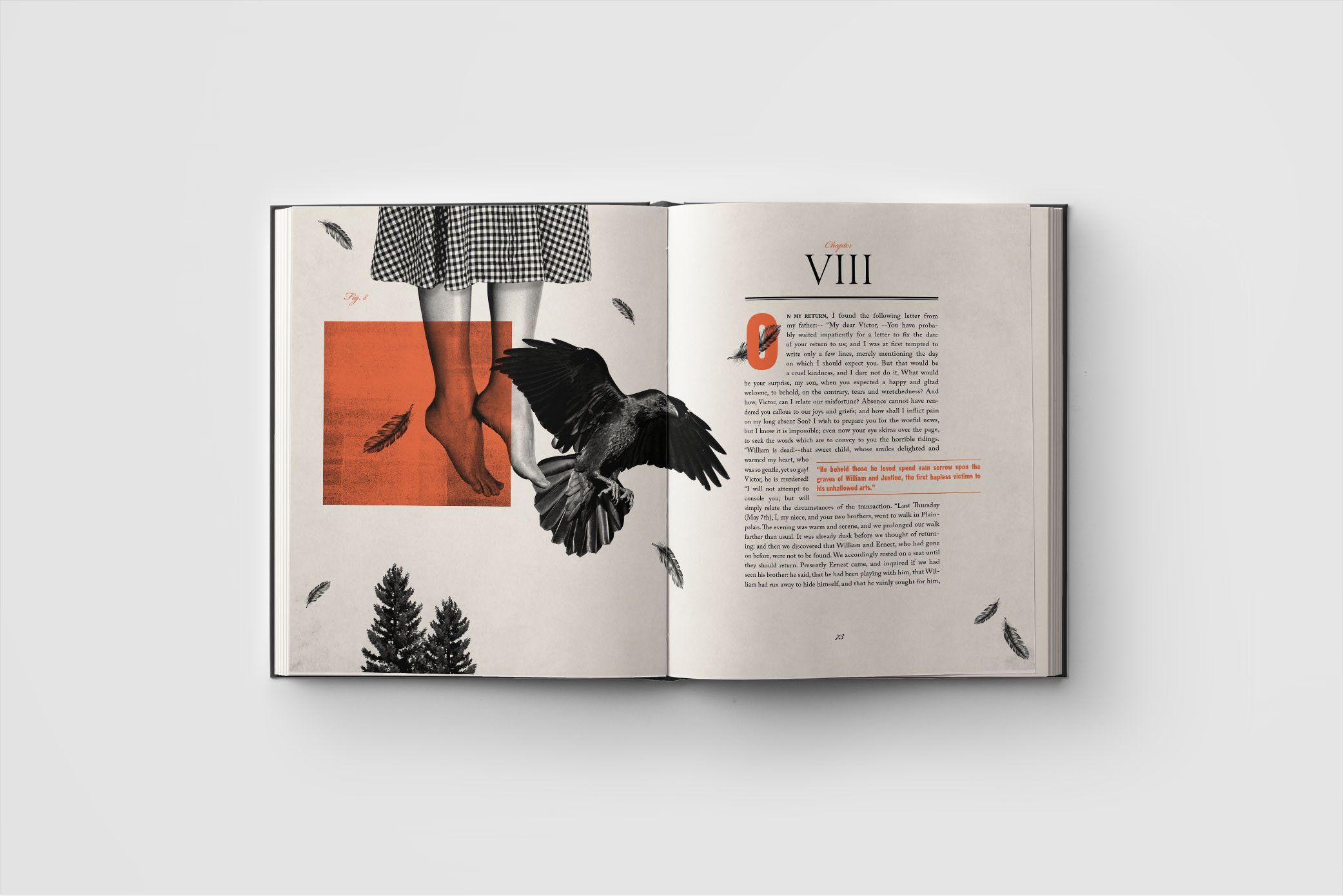
Which Country Is The Cheapest To Print Books?
Choosing where to print a book can be a big decision, especially for those looking to balance cost, quality, and convenience.

